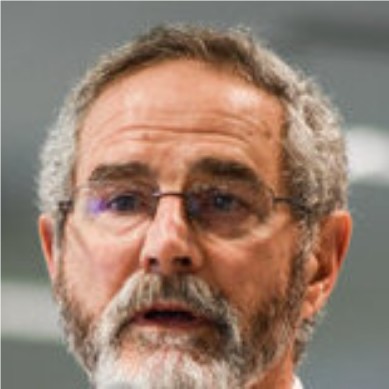“Doug Smiths's Trailblazing Path: 30 Years of Performance Driven Change Impact
Doug Smith is the architect of Performance-Driven Change and Cohort Approach to scaling change. He is a former McKinsey & Company partner and author of books ranging from 19th century African history to the birth of the information age to managing change to the classic text about teams to a moral philosophy for the 21st century. Performance-Driven Change, like Strategic Doing, is grounded in core principles required to address complex problems and collaborations. The tools and methods have been used to drive both performance (real results) and change (new capabilities) across more than sixty different industries and fields – at both the enterprise as well as entire field level.
